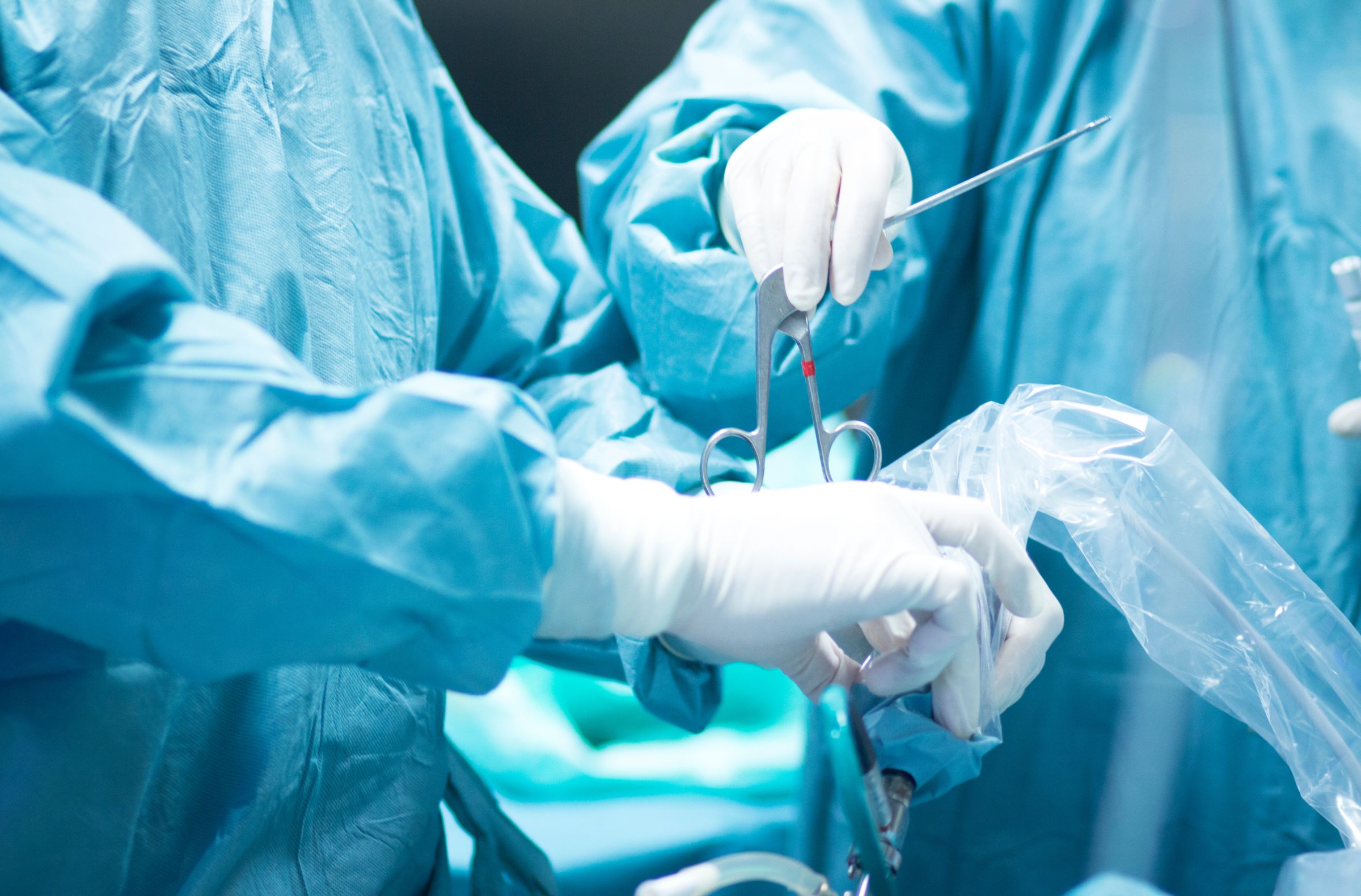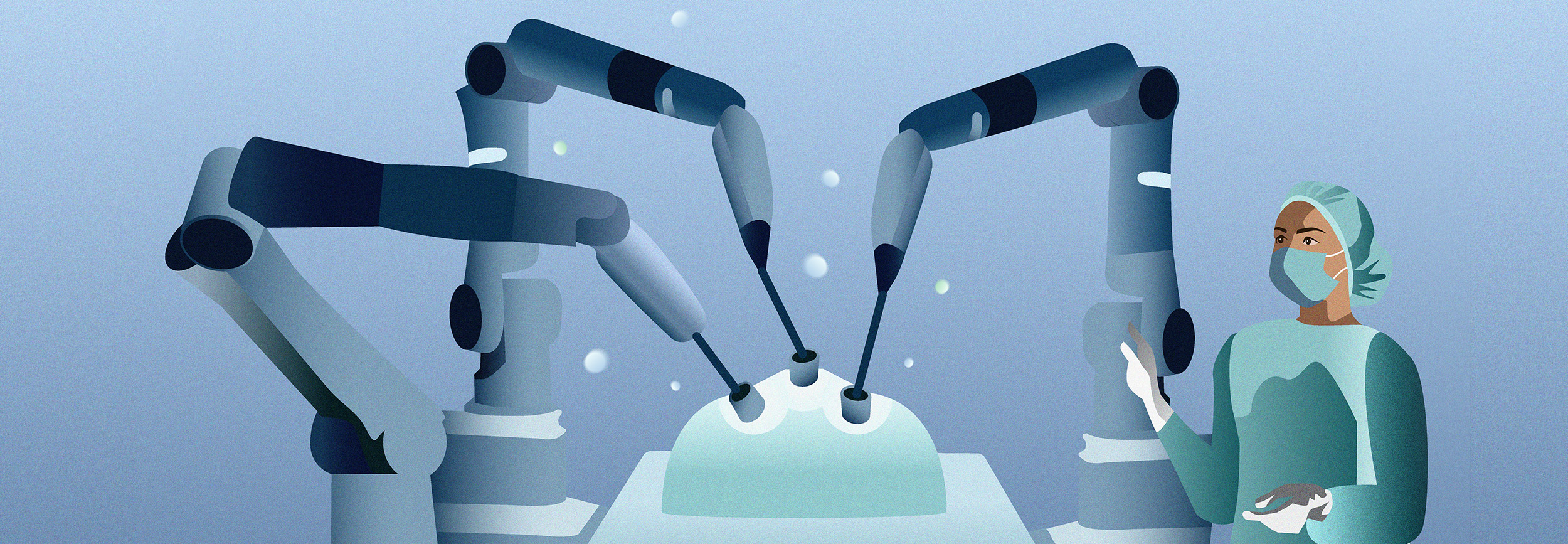The Key to Surgical Video Recording Success is Automation
Recording intraoperative surgical video and using an artificial intelligence (AI) platform to analyze recorded content is quickly becoming standard practice in operating rooms across the country. If your hospital or healthcare organization is embarking on the quality improvement journey offered by such platforms, it’s critical to understand their features to decide which one is best for your organization.
One such essential component of a high-quality surgical AI platform is the ability to automatically record surgical video instead of counting on surgeons to manually hit the record button.
You may be thinking, “Is it really that hard to remember to hit a record button?” In fact, our experience shows that it is.
Real Life Impacts of Automated Surgical Video Recording
We worked with a urologist who intended to always record his robotic-assisted radical prostatectomy (RARP) procedures. In the 10 years before adopting Theator’s Platform that automatically records all procedures, he managed to manually record 122 procedures. In just one year after implementing Theator’s technology, he recorded 163 procedures — a 1200% increase!
What does this look like for an entire hospital? When Theator’s Platform was deployed at a hospital that performs 120 cases per week, they went from recording only 8.3% of cases to recording 100%.
Why Does Automated Surgical Video Recording Matter?
Are you wondering why it’s so important to record every case instead of a select few? Great question! When it comes to actionable data, more is simply better for identifying patterns and trends.
For example, consider a clinical trial for a new drug. You are far more likely to identify potential adverse effects in a trial with 2000 participants than you are in one with 20 participants. The same goes for recorded surgical data. Identifying practice patterns and variations should be based on all available data from a group or surgeon because a select sample may not accurately reflect true practice.
How Is Recorded Surgical Data Analyzed?
First and foremost, it’s important to know that Theator’s AI Platform will do the analyzing for you. This means there is no need for a busy surgeon to take time out of their day to manually review hours of video footage.
Theator’s proprietary AI technology can identify surgical steps, adverse events, variations in practice, and more – all of which can be linked to patient outcomes. This allows your institution to design plans with measurable goals to improve the quality of care. Patients, hospitals, and surgeons all stand to benefit from automated video recording and data analysis.
Tips for Integrating Surgical AI Platforms
When considering a surgical AI platform for your organization, be sure to understand the ins and outs of how data is recorded, stored, accessed, and analyzed. Some questions to ask are:
- Is surgical video data automatically recorded?
- Does the platform software integrate with the hardware already used in your ORs?
- Does the platform offer storage of recorded video? Is it limited or unlimited?
- What metrics will be analyzed in recorded video?
- Does the platform link analyzed data to patient outcomes?
By embarking on the surgical AI journey as an educated consumer, you are more likely to find the platform that best fits your institution’s needs.













